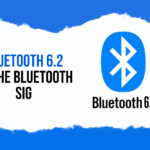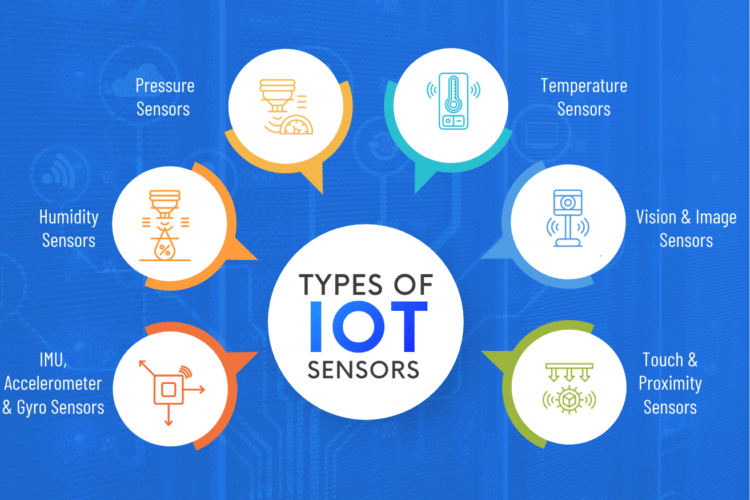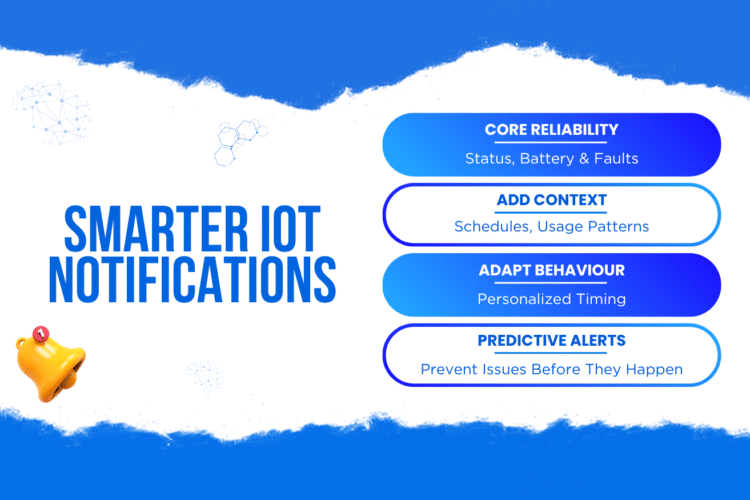
Introduction: Why Bluetooth 6.2 Matters for IoT
With the release of the Bluetooth 6.2 standard, the IoT world is standing on the brink of a major shift. Rather than just connecting devices, this update brings a leap in responsiveness, enabling true real-time interaction between sensors, wearables, and control systems. bluetooth.com | guru3d.com
For engineers building IoT solutions where latency, reliability and precision matter, Bluetooth 6.2 gives a fresh set of capabilities to rethink device architecture.
What’s New in Bluetooth 6.2 for IoT?
Shorter Connection Intervals (SCI)
One of the hallmark changes: the minimum Bluetooth LE connection interval has shrunk from 7.5 ms down to approximately 375 µs. guru3d.com
This means sensors and interactive devices can communicate far more frequently, making latency-sensitive applications viable without wired links.
Improved Security & Attack Resilience
Bluetooth 6.2 introduces enhancements like Channel Sounding with amplitude-based attack resilience, raising the security bar for industrial and automotive IoT systems. CNX Software
Enhanced USB & Test Mode Support
For manufacturers, the new “Bulk Serialization Mode” over USB and test mode upgrades simplify certification and integration of advanced Bluetooth LE devices. TechSpot
Why Low Latency Matters in Industrial IoT
IoT systems are no longer just about periodic data capture. They must sense, decide and act — often in milliseconds.
- Real-time sensors – e.g., high-rate vibration monitors used for predictive maintenance
- Human-machine interfaces (HMI) – where UI lag is unacceptable
- Wearables & AR/VR – requiring sub-millisecond responsiveness to feel seamless
Bluetooth 6.2 makes these use cases more practical over wireless links than ever.
Key Use Cases Enabled by Bluetooth 6.2
Smart Factories & IIoT
Low-latency Bluetooth LE links allow sensors, actuators and edge devices to form real-time control loops—leading to faster feedback, higher reliability and less wiring overhead.
Interactive Wearables & Consumer Devices
Wearables that respond immediately to surroundings, combined with mobile apps and edge AI, are now more feasible, thanks to shorter wireless intervals.
Smart Home & Building Automation
Doors, lighting, HVAC, security systems — responsiveness increases when wireless devices can react in near-real time. Bluetooth 6.2 supports this shift.
Medical & Healthcare Monitoring
Devices capturing critical data (heart rhythm, motion, alerts) can now communicate with minimal delay — improving safety and responsiveness.
Challenges & Engineering Considerations
Power vs Interval Trade-off
Shorter connection intervals often mean higher RF activity and power drain. Engineers must carefully balance interval, duty-cycle and sleep states.
Certification & Ecosystem Readiness
New features like SUB-millisecond connection intervals mean device stacks and ecosystems must be upgraded to support Bluetooth 6.2 capabilities. bluetooth.com
System Architecture Adaptation
Latency improvements will only yield benefit if firmware, middleware, and application layers are designed for real-time workflows — not just classic polling models.
How MetaDesk Global is Adopting Bluetooth 6.2
At MetaDesk Global, we’re already integrating Bluetooth 6.2-capable modules in IoT designs where rapid responsiveness is key.
Our approach:
- Define use-cases needing sub-millisecond reaction (e.g., industrial sensors, interactive HMIs)
- Choose modules supporting SCI features
- Design firmware and stacks for low latency + power efficiency
- Validate performance in real-world conditions with latency tests, power profiling and interaction simulations
Through this, we help clients transition from “connected” to “responsive” devices.
Conclusion: Time to Rethink Wireless in IoT
Bluetooth 6.2 isn’t just another version bump — it’s a step change for wireless IoT systems that require speed, precision and adaptability.
For embedded engineers and IoT architects, now is the time to revisit your device layer, wireless stacks and application workflows to fully leverage this standard.
👉 If you’re building an IoT solution where latency, user experience or real-time control matter — let’s talk. MetaDesk Global is ready to design that next-gen system with you.




